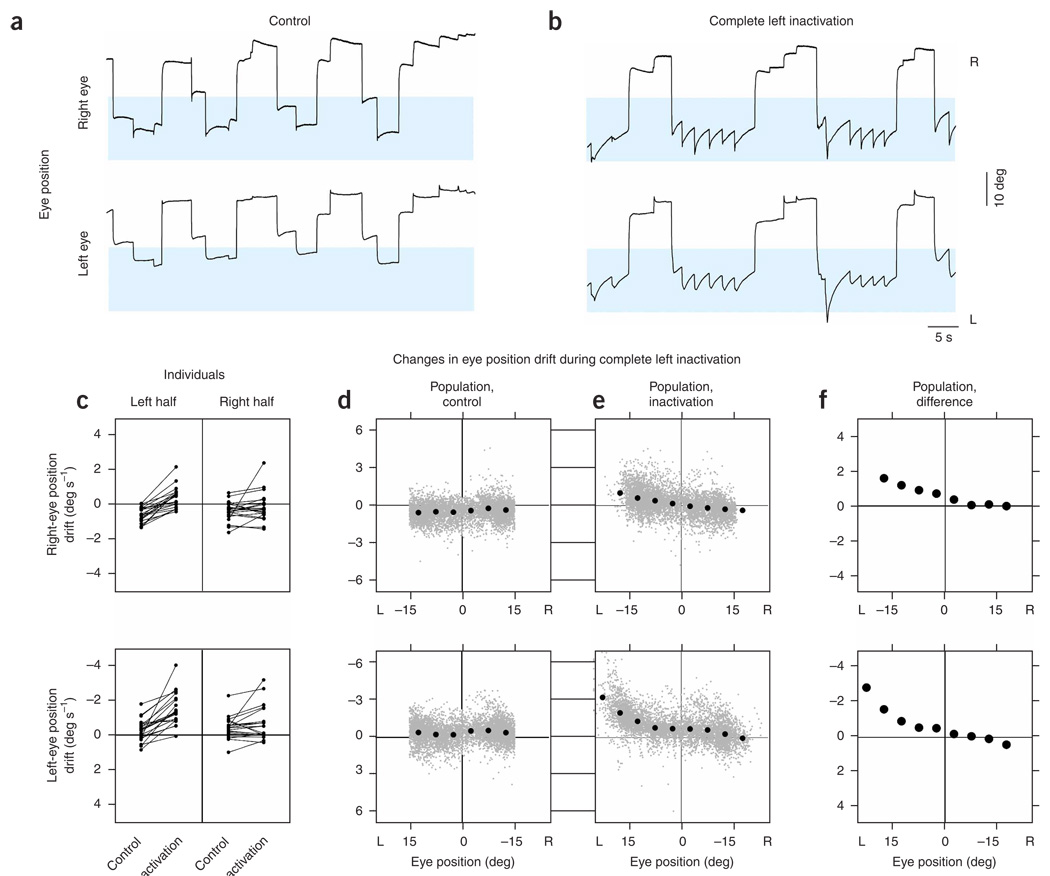Figure 2. Eye position after inactivation of one population.
(a,b) Right and left eye positions versus time before (a) and after (b) complete inactivation of the left population. Blue shading highlights positions where the greatest changes of eye drift during fixations were seen with inactivation. Control and inactivation positions are shown with the same scale and origin. This control was taken after recovery from two prior inactivations. (c) Drift of eye position in the left and right oculomotor-range halves, for individual experiments, during control and inactivation (top, right eye; bottom, left eye). Points falling in the upper half of each panel indicate eye drift to the right. Corresponding data points from an individual experiment are connected by a line. (d,e) For the population, drift of eye position at different positions during the control (d) and inactivation (e) conditions. Gray points correspond to samples over 0.3 s during a fixation, and black points to averages of the gray ones in bins of 5 deg. Gray points on the horizontal boundary of the graph are from data where the drifts exceeded the limits shown; gray points on the vertical boundary are from data where the positions exceeded the limits shown. (f) Difference of the mean inactivation from mean control data. The 95% confidence intervals did not extend beyond the diameter of a point.

